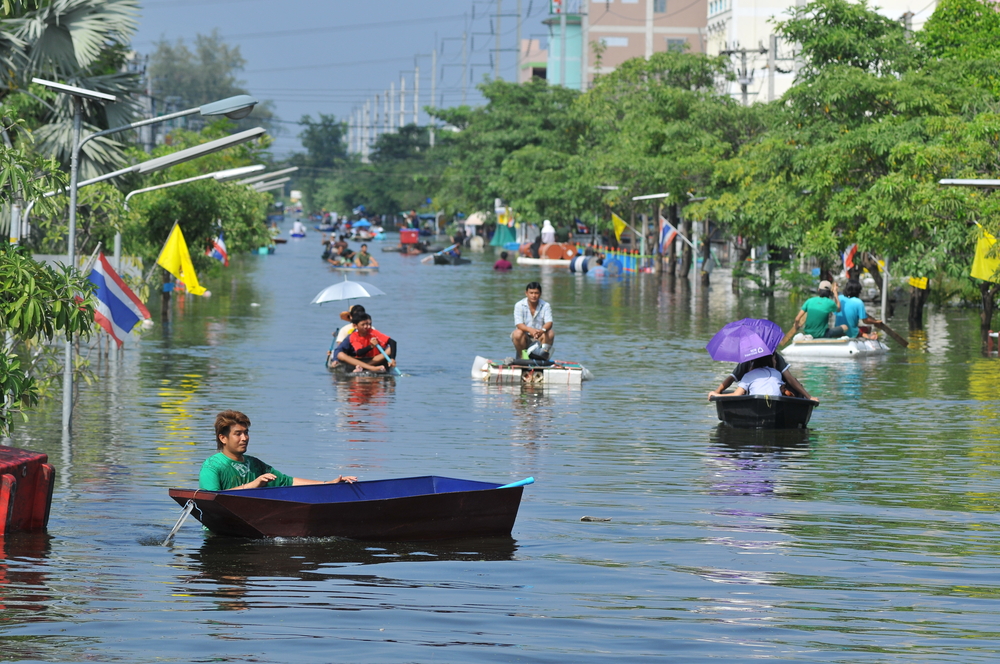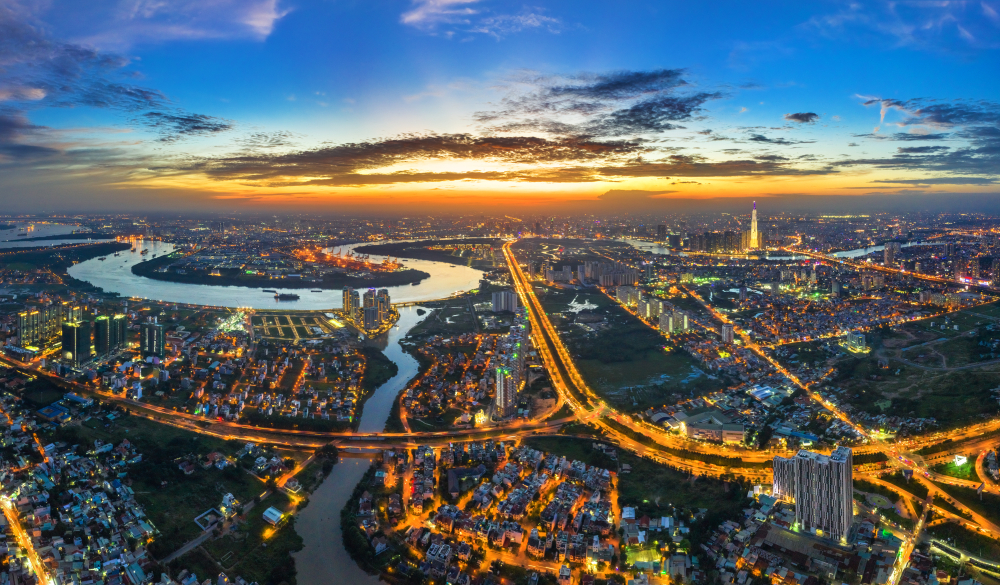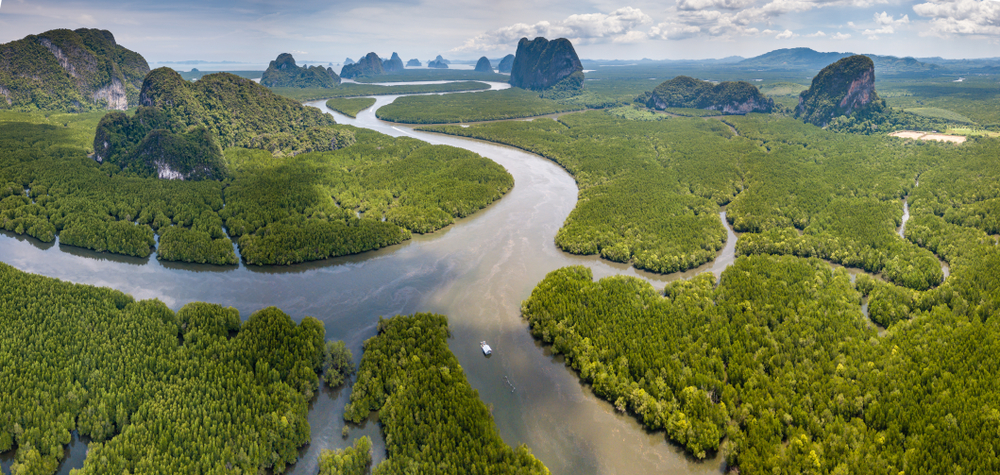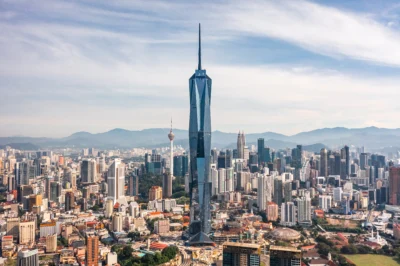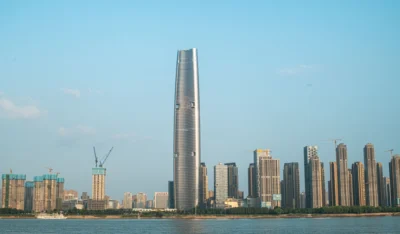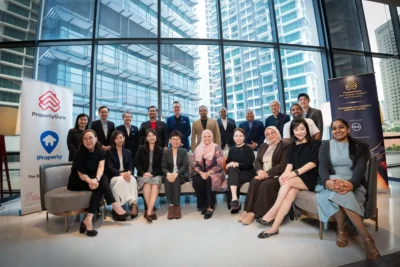Rising sea levels put Southeast Asia’s coastal cities at risk
Unchecked development, accelerated urbanisation, poverty, and environmental degradation could spell disaster for Southeast Asia’s coastal cities—touted among the world’s most prone to calamities triggered by rising sea levels
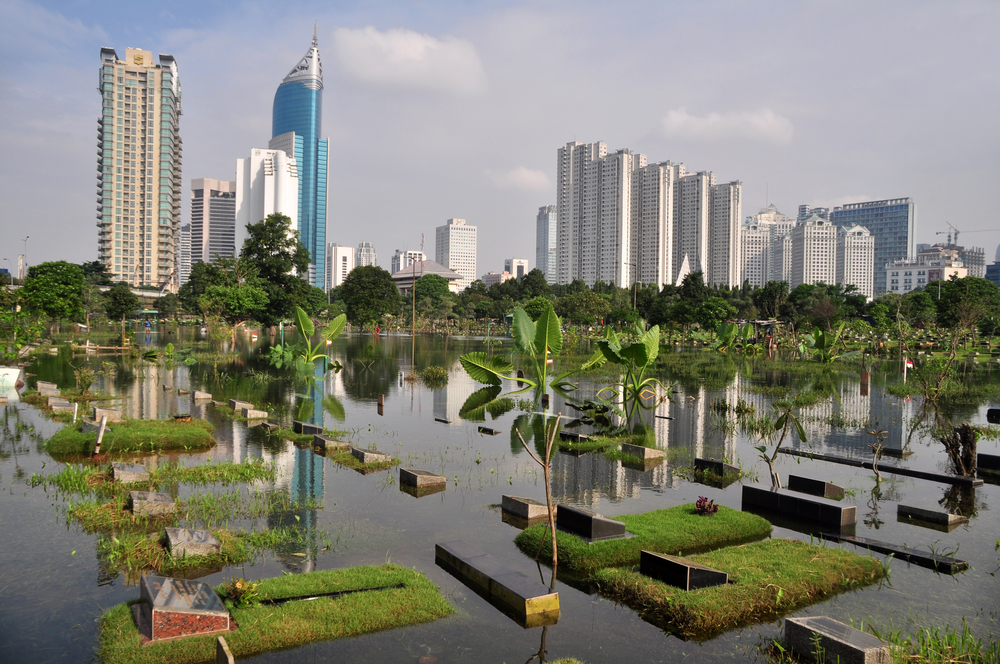
“Every once in a while, we wake to trembling floorboards accompanied by a horrific sound, like hundreds of food cans being crushed, and in the morning, someone will report that Uncle W or Uncle Hilton had toppled over.
Anything has a way of disappearing.”
In the final chapters of his swirling dystopian novel, Bangkok Wakes to Rain, Pitchaya Sudbanthad imagines a near future in which the Thai capital is almost entirely submerged. What makes the prose compelling, however, is not necessarily the lucid descriptions of iconic urban landmarks crumbling into watery graves, but how prescient the scenario is.
Facts back up the fiction: last year, two landmark reports not only emphasised how quickly sea levels are rising but also asserted previous predictions were far too low. Within three decades, many of the world’s major coastal cities could be all but wiped out, according to research by US-based scienctific news organisation Climate Central. In its report on the oceans and cryosphere, the United Nations’ Intergovernmental Panel on Climate Change also highlighted the accelerated melting of ice sheets in Greenland and Antarctic, with sea levels rising twice as fast as in the 20th century.
This is grave news for Southeast Asia—home to more coastal populations than anywhere on the planet. Geography, rapid urbanisation, poverty and environmental degradation make its coastal cities most vulnerable to natural disasters. Here, the climate crisis is already a reality—or at least it should be.
Sea of trouble
In Bangkok, a delta city built on low-lying marshland only 1.5 metres above sea level, real estate reigns supreme. The last 50 years have seen the Thai capital transform from a low-rise Southeast Asian city into a global metropolis of more than 10 million people. Green spaces have been levelled for rising skyscrapers, intricate canal networks paved for highways, and the coastal mangroves that once absorbed monsoon floods now accommodate the profitable aquaculture industry.
Combined, these actions have severely depleted groundwater levels—the primary cause of sinking cities, says Professor Jørgen S. Steenfelt, technical director of Marine and Foundation Engineering at COWI, an international engineering, economics and environmental science consulting group.
“Think of it as a mattress filled with water,” explains Steenfelt. “If you prick holes in the mattress, i.e. extract groundwater, the water will seep out, empty it and cause its surface to sink. Place something heavy on top, like a city building, and it speeds up the process, especially if the ‘mattress’ is made of soft materials like clay. Adding climate change to the equation, extreme weather events, and changing sea-levels only exacerbate the consequences.”
Similar missteps have been taken in Jakarta and Ho Chi Minh City, now among the region’s most at-risk urban areas. According to Climate Central’s research, which calculates land elevation based on satellite readings, much of Ho Chi Minh City will be underwater by 2050. The report claims that within 30 years, 31 million, 23 million, and 12 million people in Vietnam, Indonesia and Thailand, respectively, will be living in areas below the elevation of an average annual flood.
Few cities are staring down the sea quite as imminently as Jakarta. In January 2020, Greater Jakarta experienced its worst flooding in 13 years. More than 60 people died and an estimated 60,000 displaced as almost 15 inches of rainwater fell on the capital on New Year’s Day.
One of Indonesia’s leading universities, Bandung Institute of Technology (ITB), has been tracking land subsidence in the capital for more than two decades. Research shows that Jakarta has been sinking at a rate of up to 25 centimetres a year since the 1970s. Heri Andreas, an expert on land subsidence at ITB, claims about 95 percent of northern Jakarta will be under the sea by 2050, making it the world’s fastest-sinking city.
Such news is no revelation. Ian Reynolds, a chartered quantity surveyor and managing director of Reynolds Partnership, has lived in Jakarta for more than 40 years. Reynolds recalls groundwater extraction was already a concern when he arrived, particularly the issue of small, shallow wells in many households. “During the 1990s, two joint-venture companies were granted concessions to install water supply infrastructure in the city,” he says. “Due to bureaucratic restraints that ban the profiteering of water, even now relatively few households in central Jakarta have access to piped water or essential sanitation systems. Many still rely on these wells for water supply.”
Meanwhile in Vietnam, water levels in the Saigon River reached a record 1.77 metres in October 2019, causing widespread flooding that brought many parts of Ho Chi Minh City to a standstill. This does not bode well for a city in which, according to Dutch water research institute Deltares, about 60 percent of the land is elevated at only 1.6 metres.
“Looking at the bigger picture, flooding has gotten much worse,” says Thien Duong, a chartered member of the Royal Institute of British Architects and managing director of Transform Architecture. “There are fewer green spaces due to urbanisation and you can see land subsidence has caused footpaths in certain areas to sink as much as half a metre from where they were a decade ago.”
Changing tides
There have been efforts made over the last five years to tackle the issues, says Duong, including substantial road elevation and the installation of new drainage systems across Ho Chi Minh City. “For instance, Thu Thiem, a new CBD development across the river from city centre boasts infrastructure on par with the word’s most developed cities. Older neighbourhoods nearby are also constantly being improved,” he says.
Such quick fixes, however, are simply a short-term answer to the pressing question of how Ho Chi Minh City and the region’s delta megacities will survive the rising tides.
Almost a decade since Thailand was devastated by the most severe flooding in its modern history—which lasted 175 days, damaged USD46.5 billion worth of property, and killed 815 people—there is a consensus that Bangkok is no better equipped today than it was in 2011. “If anything, it’s worse,” says landscape architect Kotchakorn Voraakhom.
“We’ve developed more infrastructure on top of the city, built more dams and continued to engineer the canals—all very short-term solutions. In the long term, we need to plant more indigenous trees, create more green space, and improve the city’s overall ecology, so there is room to re-infiltrate the ground,” he says.
More: Sink or swim: Keeping Jakarta and Bangkok afloat
Although Bangkok’s green space per capita has almost doubled in recent years to 6.79 square metres, according to a 2019 statement from the Bangkok Metropolitan Authority, it lags considerably behind the World Health Organisation standard of nine square metres a person.
Still, there are green shoots through the concrete. Kotchakorn’s visionary Chulalongkorn University Centenary Park is an example of how public green space can rise from the asphalt to provide radical environmental solutions. Described as Bangkok’s “first critical piece of green infrastructure”, the 11-acre recreational oasis features state-of-the-art water management systems integrated within the cascading landscape. These innovative features retain and redirect up to one million gallons of floodwater that would otherwise flow into city streets.
One side of the park sits at an incline that helps funnel water into a giant container. An elevated green roof, meanwhile, directs runoff water through sloped rain gardens to artificial wetlands— which doubles as a water filtration system—that drains into a large retention pond at the foot of the park. In the case of severe flooding, the retention pond expands onto the surrounding lawns, doubling in size.
Another initiative is the reintroduction of Bangkok’s canal system as part of a far-reaching plan to restore the city’s ecology. The ambitious process, however, would involve the demolition of existing infrastructure, including buildings and roads, and in some cases, the relocation of communities.
“We’ve destroyed the infrastructure that drained the water, so restoring it is one of the only ways to save the city—and it needs to happen while it’s still possible,” says Kotchakorn. “We also need to understand, like our ancestors did, that flooding is part of the natural cycle of a delta city. It’s not about rebuilding, it’s about how we redesign and adapt to what nature gives us.”
Ripple effects
Back on the northwestern Javanese coast, Jakarta’s doomsday clock is ticking. President Joko Widodo announced in August 2019 that almost 50 years since becoming the nation’s capital, the government’s administrative functions will move to a yet-to-be-built city in Kalimantan, more than 1,000 kilometres away on the island of Borneo, by 2024.
While myriad economic and decades-old political factors are behind the monumental move, rapid environmental degradation and the fear of increasing catastrophic flooding have no doubt accelerated the government’s decision. To date, almost no further plans have been announced, leaving many experts sceptical of the proposed timeline.
But what the decision does demonstrate, says COWI’s Steenfelt, is that government-backed legislation is the only real way to tackle large-scale issues faced by Southeast Asia’s sinking cities.
“There’s only so much that the private sector can do to re-infiltrate groundwater or offset environmental degradation. The large-scale solutions actually required are extremely expensive and can only be achieved through legislation,” he says. “Unless governments are stepping in and making regulations, there’s no hope for the future of these cities.”
This article originally appeared in Issue No. 159 of PropertyGuru Property Report Magazine
Recommended
6 developments driving Asia’s green real estate shift
Developers are being incentivised to push a green agenda into daring new realms
The Philippines’ LIMA Estate drives sustainable industrial growth
LIMA Estate models a citywide vision that uplifts workers while appealing to climate-conscious employers
Malaysia property market rebounds with foreign interest and growth
The nation’s property market is stirring to life, fuelled by foreign buyers and major infrastructure drives
China’s renewable energy surge redefines housing norms and development
From exporting solar panels to building entire green-powered neighbourhoods, China’s renewable surge is redefining housing norms

